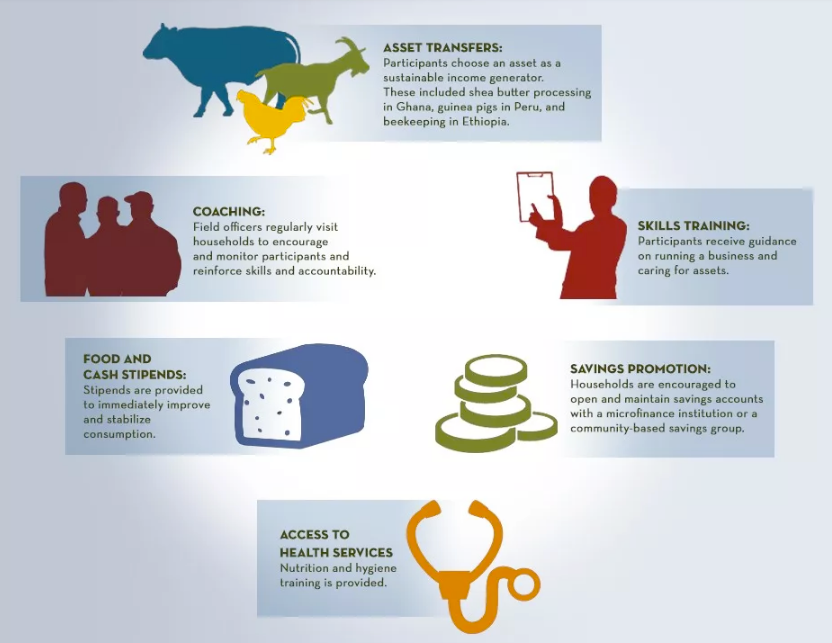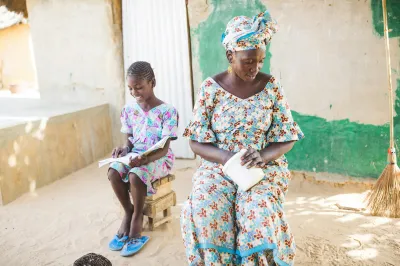Focusing on the Poorest: What Does the Research Tell Us?
A new article in Science explains that the Graduation Approach is not only impressive, but has a lasting impact on the lives of the poorest. Researchers from Innovations for Poverty Action (IPA) and the Abdul Latif Jameel Poverty Action Lab (J-PAL) conducted randomized evaluations across six of the countries where CGAP and Ford Foundation have piloted the Approach since 2006. According to the research, positive impacts were recorded well after the program ended in almost all of the sites where the program was evaluated. But, can these results be sustained over time?
Reaching the extreme poor
According to the World Bank, nearly 1.2 billion people are still living below the extreme poverty line with an income of US$1.25 or less a day. Yet, due to geographic constraints and social isolation, it is more costly and more difficult to reach the extremely poor. This is why interventions need to be designed to tackle the complex nature of extreme poverty with a specific focus on reducing entrenched, self-perpetuating inequalities.
The Graduation Approach, pioneered by BRAC in Bangladesh, and adapted and globally promoted by CGAP and the Ford Foundation, is one such model. In fact, the CGAP-Ford Graduation Program has rigorously tested this model – a carefully sequenced set of interventions combining safety nets, livelihoods, financial services and close monitoring and counseling - in 10 pilot programs in eight countries. Evidence from the impact assessments that took place in six of these countries - Ethiopia, Ghana, Honduras, India, Pakistan and Peru - suggests significant improvements in the lives of the participating households. Across these six countries, households recorded higher incomes, greater access to food, increased savings, and improved health and happiness.

Creating sustainable livelihoods
A key question on the minds of policymakers, researchers, development agencies and NGOs is if these results can be sustained long-term. As argued by the researchers, this question can only be answered if some participants are followed for years to come. Nonetheless, there are a number of very encouraging signs from the initial results:
- The effect on daily consumption did not decline over time after the program ended in the evaluated sites;
- Households had more productive assets (mostly livestock) and increased their labor supply over one year after the program ended. In some countries, they have even acquired livestock other than the ones provided by the program.
- In Bangladesh, where households were followed for two years beyond the end of the program, robust impacts on consumption, productive assets, and earnings were observed.
- More importantly, according to the researchers, the positive impacts are likely to be predictive of what a government could expect if implemented at larger scale.
Scaling up
Going forward, CGAP and its partners are exploring how best to support large scale adaptation and implementation of the Graduation Approach by governments and large donors. For the Graduation Approach to have an impact on global poverty, the support and action of governments is essential. At least 10 governments around the world are in various stages of piloting or scaling the program. Social Protection agencies in Colombia, Peru, Ethiopia, Indonesia and other countries, as well as donors such as the UNHCR and WFP are drawing on lessons from the first wave of these pilots. One thing is clear, the positive results to date in a range of different settings indicate that this approach can have a profound impact on improving the lives of the world's poorest.




Add new comment